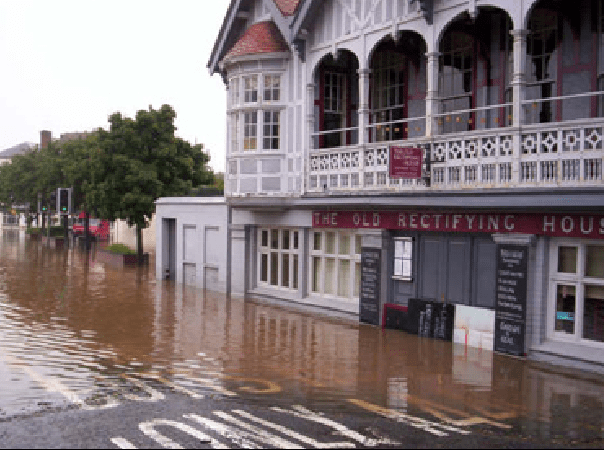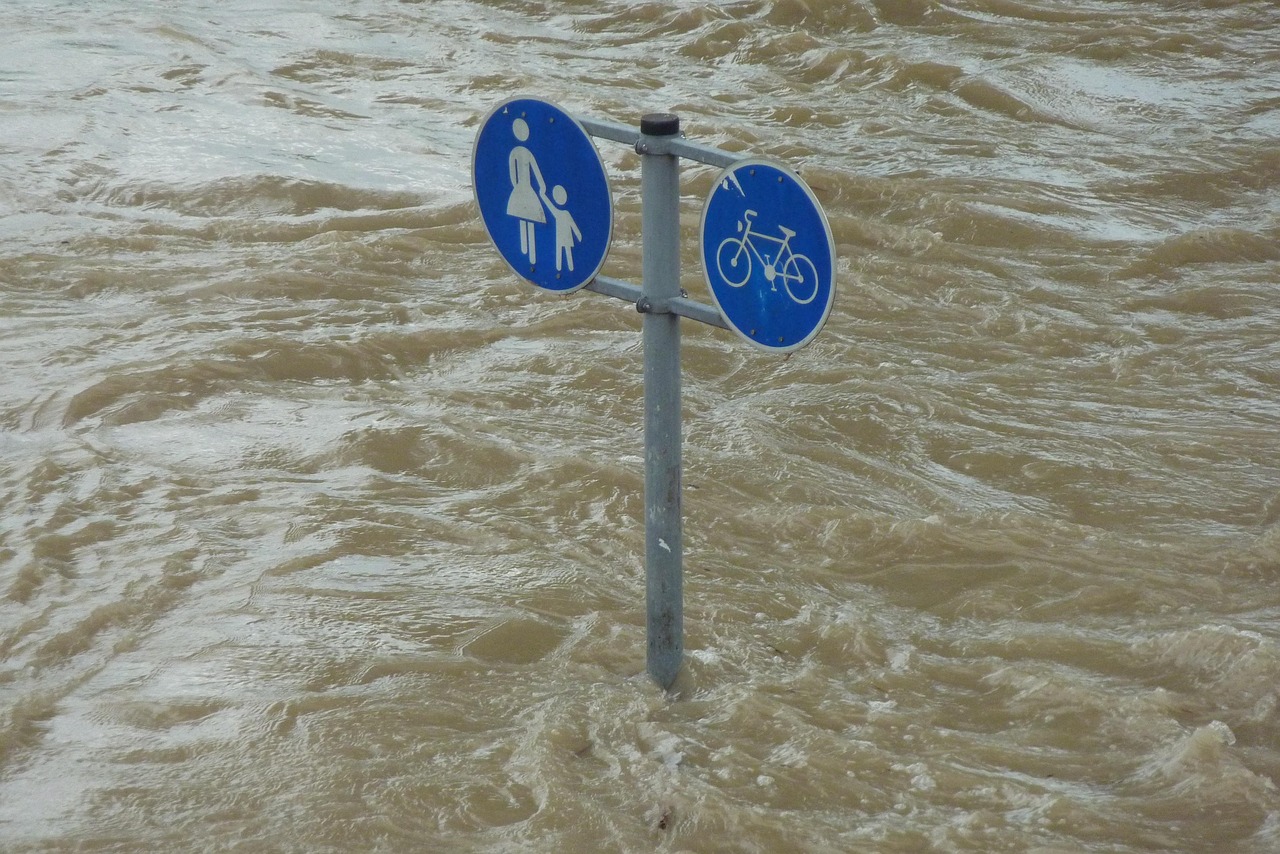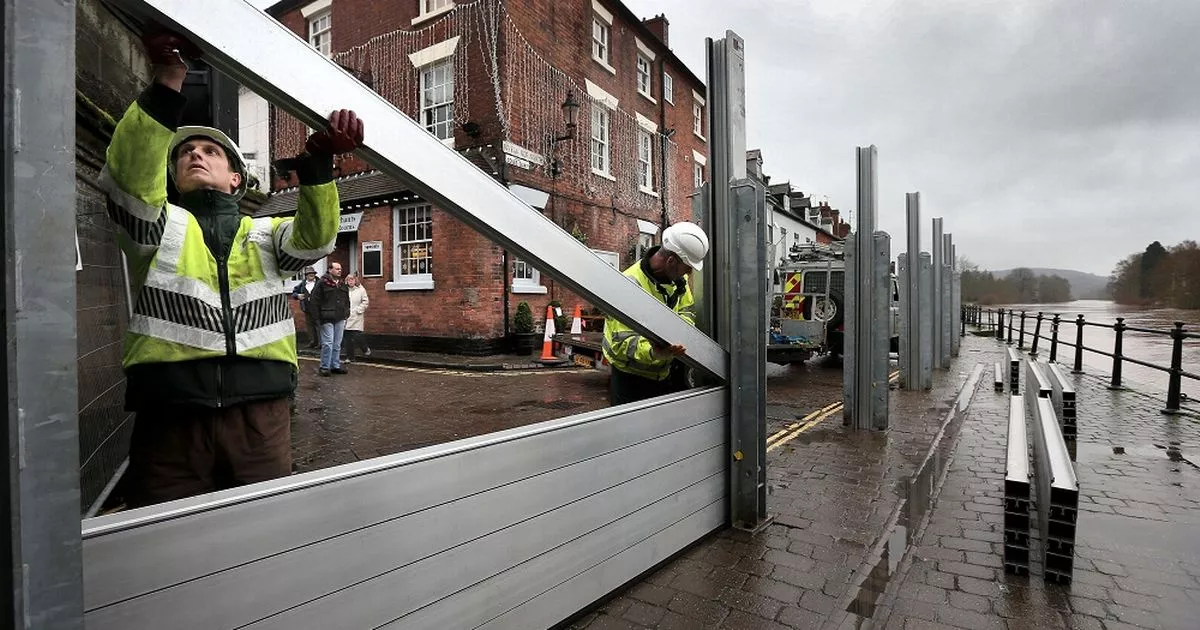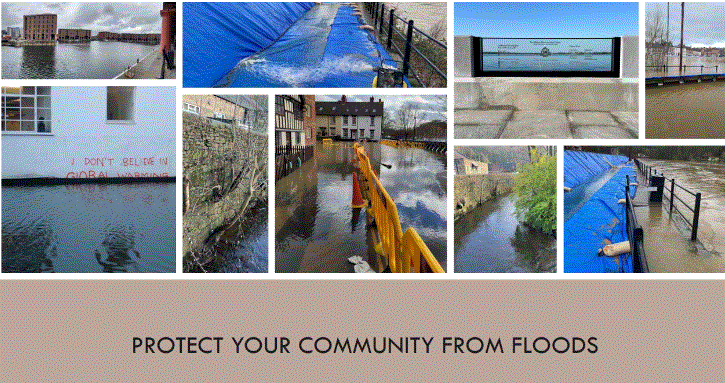Floods have always been a part of Australia’s story. But in recent years, climate change has made them harder to predict, harder to prepare for, and far more devastating when they strike. More frequent heavy rain, rising seas, and shifting weather cycles are placing new stress on communities, infrastructure, and emergency response systems. Flood risk management needs to evolve with these changing conditions.
This blog explores how climate change floods are intensifying the threat, the strategies being used to adapt, and why government, businesses, and individuals all need to think differently about resilience.
Understanding the Link Between Climate Change and Floods
There’s a reason floods today feel different from what they used to be a generation ago. Climate change is intensifying storms across the country. Rainfall events are heavier, often concentrated into shorter bursts that overwhelm drainage systems and river catchments. As a result, intense floods are starting to occur with unsettling regularity.
Rising sea levels add another layer of risk, particularly for coastal towns and cities. Even small increments in ocean height mean storm surges can push further inland, turning what was once a nuisance into a serious disaster. Meanwhile, altered water cycles are creating unpredictability. Rivers don’t rise and fall in quite the same rhythm as before, and some regions see prolonged wet spells while others swing rapidly between drought and flooding. This uncertainty makes planning far more complicated.
The Growing Impact of Floods in Australia
The costs of climate change floods are sobering. In financial terms, floods in Australia cause billions in damage to homes, businesses, and critical infrastructure. Roads and rail lines can take months to restore. Farms lose not just crops but soil health, which is harder to rebuild.
There’s also the human side. Entire communities have been displaced, sometimes for weeks, sometimes indefinitely. Recovery stretches far longer than the headlines suggest, especially for families who can’t easily return home.
Additionally, we have the environmental consequences, such as eroded banks, destroyed habitats, and water systems polluted with debris or chemicals. All this creates a wider ripple effect.
Shifts in Flood Risk Management Approaches
Traditional flood maps, based largely on historical data, are no longer enough. Risk management is shifting toward future-focused models that integrate climate projections. Engineers and planners are now factoring in rainfall intensity scenarios and sea-level rise when designing urban spaces.
Technology is playing a central role. Artificial intelligence combined with real-time climate data is improving flood forecasting and mapping. This allows for far more precise predictions, sometimes down to street level. Satellite imagery and sensor technology provide rapid alerts, giving communities a window to prepare or evacuate.
It’s not perfect, and no system eliminates risk entirely. But the move toward smarter, data-driven strategies is a significant step forward.
Modern Strategies for Mitigating Flood Risks
While high-tech tools are important, there’s also a renewed appreciation for natural systems. Wetlands, for example, act like sponges, absorbing excess rainfall before it reaches built-up areas. Cities are experimenting with green roofs, rain gardens, and permeable pavements. They help slow water runoff rather than funnel it directly into drains that quickly overflow.
At the same time, physical defences are being re-examined. Levees, dams, and floodgates are being upgraded, not just to withstand current pressures but to anticipate future extremes. And then there’s the human element: communities themselves.
Regular training exercises, school-based awareness programs, and local emergency drills help ensure that when warnings come, people know how to respond. It’s one thing to have the right infrastructure, but resilience depends on people as much as concrete and steel.
Role of Policy and Government Initiatives
Policy is the glue that ties all of this together. National and state programs are beginning to fund long-term flood risk reduction, not just post-disaster recovery. This shift, from reaction to prevention, is critical.
Updated building codes and zoning laws are slowly reshaping how and where construction happens, discouraging development in high-risk floodplains. Financial incentives, such as grants or rebates for homeowners who install flood-proofing measures, are making resilience more accessible. While these initiatives don’t eliminate risk, they signal a growing recognition that climate change floods require a fundamentally different approach than in the past.
Conclusion
Floods in Australia are no longer just a seasonal hazard. Climate change is reshaping the risks and demanding smarter, more adaptable strategies. Preparing through innovation, natural solutions, and stronger community awareness will determine how resilient we are in the decades ahead.
Navigating this new era of climate change floods requires expertise and a forward-thinking strategy. iREACT Consulting helps organisations and communities build flood resilience.
John Alexander, an industry expert, works alongside clients to design robust, cost-effective flood prevention and mitigation solutions tailored to your specific needs.
Call +61 433 634 344 for a safer future and strengthen your resilience before the next flood arrives.






